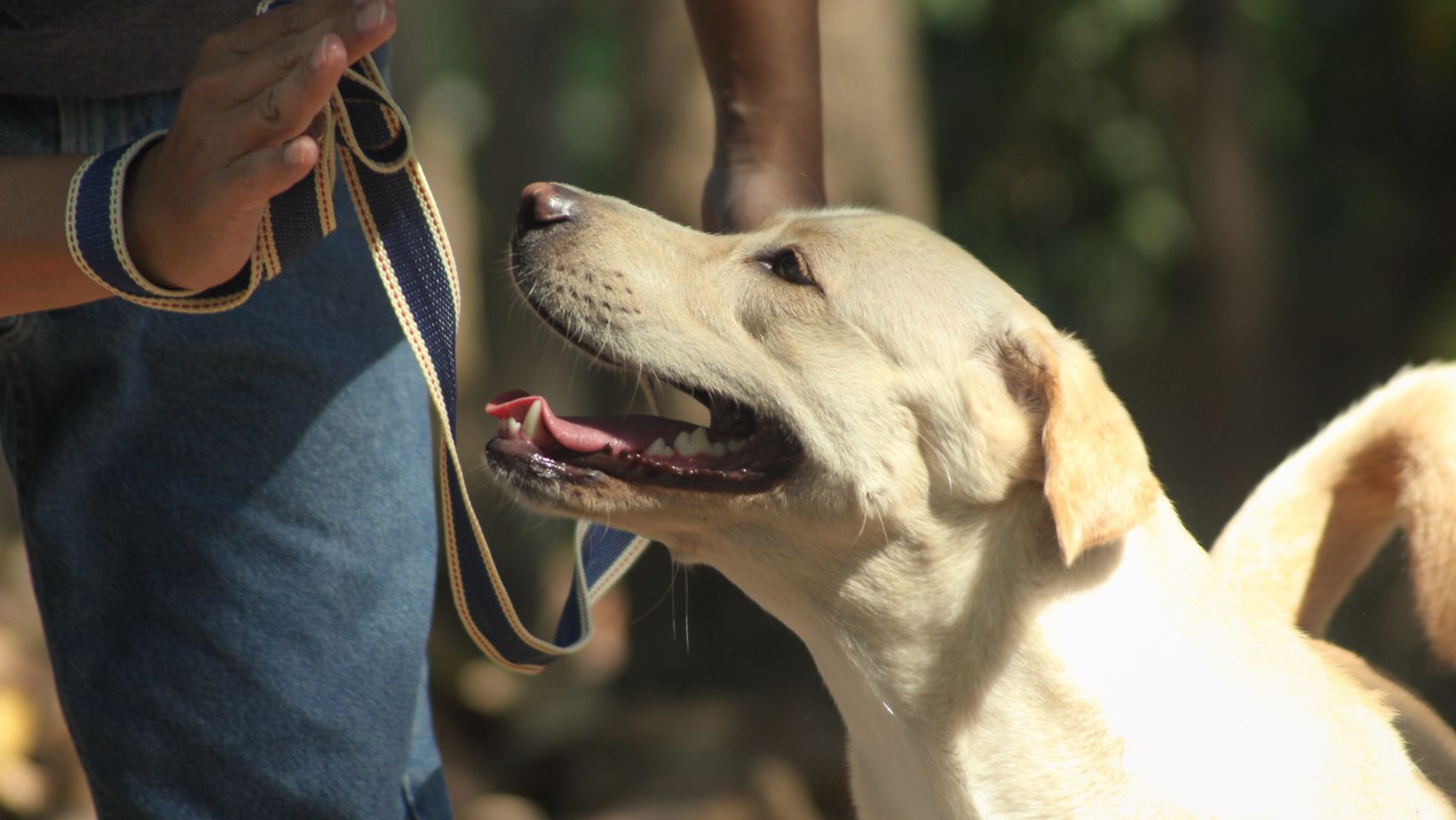How to Get My Dog to Stop Barking at People
Are you wondering how to stop your Labrador from barking at people? It can be quite frustrating when your furry friend becomes overly vocal and starts barking incessantly at every passerby. But fear not, as there are effective strategies you can employ to address this behavior and restore peace in your neighborhood.
Firstly, it’s important to understand that barking is a natural form of communication for dogs. However, excessive barking can indicate anxiety, fear, or territorial behavior. To help your Labrador overcome this habit, start by identifying the triggers that cause them to bark at people. Is it when they approach the front door? Or perhaps during walks? By pinpointing the specific situations that trigger their barking, you can tailor your training approach accordingly.
One effective method is desensitization and counter-conditioning. Gradually expose your Labrador to situations where they typically bark at people but in a controlled manner. Start with a distance where they remain calm and reward them with treats or praise for their calm behavior. Slowly decrease the distance over time while continuing positive reinforcement. This helps them associate the presence of people with positive experiences rather than feeling threatened or anxious.
Socializing Your Dog from an Early Age
Socializing your dog from an early age is crucial to help them become well-adjusted and confident around people. This is especially important for breeds like Labradors, known for their friendly and sociable nature. By exposing your Labrador puppy to various social situations, you can teach them appropriate behaviors and enable them to feel comfortable in different environments.
Here are a few tips on how to effectively socialize your Labrador from an early age:
- Start with positive experiences: Introduce your Labrador puppy to new people gradually, starting with family members and close friends. Encourage gentle interactions by offering treats or praise when they approach others calmly. This positive reinforcement will help associate meeting new people with pleasant experiences.
- Expose them to different environments: Take your Labrador out for regular walks in the neighborhood, visits to parks, or even pet-friendly stores. Gradually expose them to various sounds, sights, and smells so that they learn to adapt and remain calm in different settings.
- Puppy classes: Enroll your Labrador in puppy training classes where they can interact with other puppies under the guidance of a professional trainer. These classes provide structured socialization opportunities while also teaching basic obedience commands.
- Controlled meet-ups: Arrange controlled meet-ups with other well-behaved dogs or friendly individuals who are familiar with dogs. Use these interactions as teaching moments for proper play behavior and manners.
- Reinforce good behavior: Whenever your Labrador displays appropriate behavior during socialization sessions, reward them with treats or verbal praise. Positive reinforcement will reinforce their understanding of what is expected from them during social interactions.
Remember that each dog is unique and may have varying levels of comfort when it comes to socializing. Be patient and take things at their pace, allowing ample time for gradual exposure rather than overwhelming them all at once.
By prioritizing early socialization efforts with your Labrador, you are setting the foundation for a well-mannered companion who is confident and at ease when encountering new people throughout their life.

Using Positive Reinforcement to Discourage Barking Behavior
When it comes to getting my Labrador to stop barking at people, I’ve found that positive reinforcement is an effective and humane approach. Here are a few strategies I’ve used successfully:
- Reward quiet behavior: Whenever my dog remains calm and doesn’t bark at people, I make sure to praise and reward him. This could be in the form of treats, verbal praise, or even a favorite toy. By associating silence with positive outcomes, my Labrador learns that being quiet is rewarding.
- Redirect attention: Sometimes, barking stems from excitement or anxiety. To prevent this behavior, I redirect my dog’s attention whenever he starts barking at someone. For example, if we’re out on a walk and he begins barking at a passerby, I’ll ask him to perform a simple command like “sit” or “stay.” Once he complies, I reward him with praise and continue walking.
- Counter-conditioning: This technique involves gradually exposing my Labrador to situations that trigger his barking but in controlled environments. For instance, if he tends to bark when visitors come over, I introduce him to new people one at a time in a calm setting. As soon as he remains calm around them without barking excessively, I reward his good behavior.
- Desensitization exercises: Another useful method is desensitizing my dog by gradually exposing him to the triggers of his barking. If he often reacts aggressively towards strangers passing by our house or through the window, we practice creating distance between him and these stimuli while using treats and positive reinforcement for staying calm.
It’s important to remember that consistency is key in implementing these techniques effectively. Training sessions should be short but frequent for optimal results.
By using positive reinforcement methods like these ones consistently and patiently working with your Labrador, you can help discourage their excessive barking behavior towards people. Remember, it’s always best to consult a professional dog trainer or behaviorist if you’re struggling with persistent barking issues.